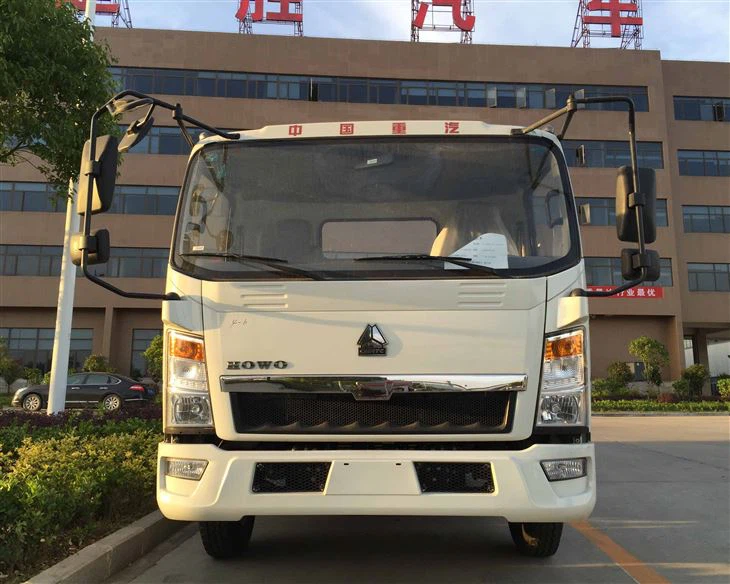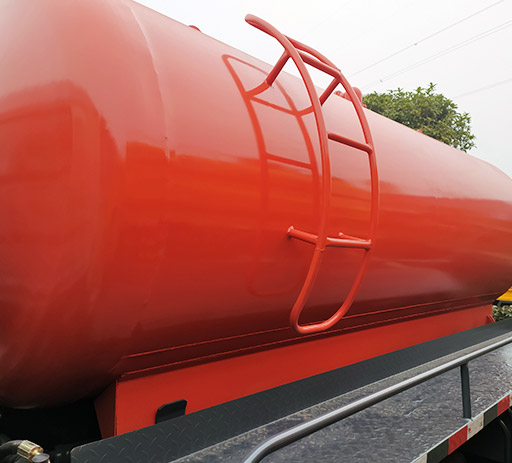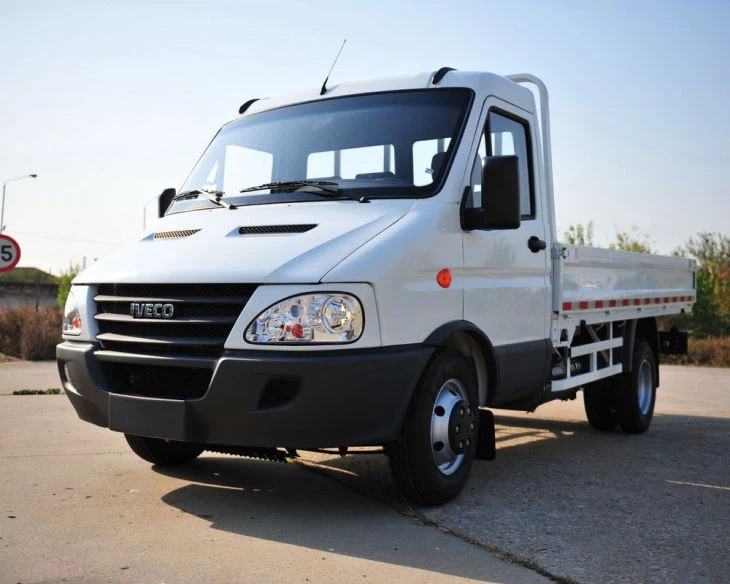Cement Mixer Truck Parts: An In-Depth Guide to Understanding and Maintaining Your Equipment

Cement mixer trucks are essential vehicles in the construction industry, designed to transport mixed concrete from batching plants to construction sites efficiently. Understanding the parts of a cement mixer truck is crucial for maintenance, troubleshooting, and ensuring optimal performance. This article will explore the various components of a cement mixer truck, their functions, and tips for maintaining them effectively.
Table of Contents
- Introduction to Cement Mixer Truck Parts
- Key Components of a Cement Mixer Truck
- The Drivetrain: Powering the Mixer
- The Mixing Drum: Heart of the Truck
- The Discharge Chute: Delivering Concrete
- Augers and Blades: Mixing Mechanics
- The Water Tank: Essential for Hydration
- Control Systems: Operating the Mixer
- Maintenance Tips for Cement Mixer Truck Parts
- Frequently Asked Questions
Introduction to Cement Mixer Truck Parts
Cement mixer trucks have revolutionized how concrete is delivered to construction sites. They not only transport concrete but also keep it in a workable state until it is ready to be poured. Each part of a cement mixer truck plays a vital role in its operation, from the truck’s structure to specialized components designed for mixing and delivering concrete. This guide details these crucial parts, offering insights into their functionality and importance in ensuring efficient concrete delivery.
Key Components of a Cement Mixer Truck
A cement mixer truck consists of several parts that work together seamlessly. Understanding these components aids in better maintenance and operation. Key components include:
- Chassis
- Mixing drum
- Discharge chute
- Power take-off (PTO) system
- Hopper
- Water tank
- Control mechanisms
Chassis
The chassis serves as the foundation of the cement mixer truck. It includes the frame, axles, and differentials. A robust chassis supports the weight of the mixer and the concrete load while allowing for mobility on various terrains.
Mixing Drum
The mixing drum is arguably the most recognizable feature of the cement mixer truck. It is where concrete ingredients are mixed and kept in motion to prevent setting. Understanding its design and mechanics is essential for operators.
Discharge Chute

This part directs the concrete from the mixing drum to the designated area. Depending on the design, the chute may be adjustable, allowing more control over the flow of concrete during discharge.
Power Take-Off (PTO) System
The Power Take-Off (PTO) is a crucial part of the truck that transfers power from the vehicle’s engine to the mixer. This ensures the mixing drum can rotate, providing the necessary mixing of concrete on the go.
Hopper
The hopper is where the dry ingredients (cement, sand, and gravel) are loaded into the mixing drum. It is designed for easy loading and is often positioned at an angle for efficient feed.
Water Tank
Cement requires water to initiate the chemical reaction that leads to curing. The water tank can be attached to the truck and is used to store and supply water during the mixing process. Maintaining the right water-to-cement ratio is essential for quality concrete.
Control Mechanisms
Modern cement mixer trucks are equipped with advanced control systems that make it easy to manage mixing, discharging, and adding water. Operators should familiarize themselves with these controls for safe and efficient operation.
The Drivetrain: Powering the Mixer
The drivetrain includes the engine, transmission, and other components that provide power to the truck. A reliable drivetrain is essential for both the movement of the truck and the operation of the mixing drum.
Engine
The engine must provide ample power to sustain both the truck’s mobility and the operations of the mixing drum. Diesel engines are prevalent due to their efficiency and torque.
Transmission
The transmission is responsible for transferring power from the engine to the wheels. Automatic and manual options are available, with choices based on the truck’s intended use and operator preferences.
Axles and Differentials
These components are crucial for the truck’s stability and handling. They should be regularly inspected and maintained to prevent issues related to drivetrain failures.
The Mixing Drum: Heart of the Truck
Design and Construction
The mixing drum is typically constructed of durable, high-strength steel to withstand the wear and tear of mixing concrete. Its conical shape and interior paddles help achieve a homogenous mix.
Drum Rotation
The rotation of the mixing drum must be maintained at a consistent speed to ensure thorough mixing. Operators should monitor the drum’s rotation and adjust the speed as needed, especially during different mixing conditions.
Cleaning the Mixing Drum
A clean mixing drum is vital for producing high-quality concrete. Regular cleaning reduces the likelihood of contamination from previously used materials.
The Discharge Chute: Delivering Concrete
Operation of the Discharge Chute
The discharge chute can often be adjusted to control the distance and angle of the concrete pouring. Proper handling makes for efficient delivery, reducing waste and spillage.

Maintenance of the Discharge Chute
Inspect the discharge chute regularly for blockages and wear. Proper maintenance ensures effective operation when it’s time to pour concrete at the job site.
Augers and Blades: Mixing Mechanics
Within the mixing drum, augers and blades play an integral role in moving and mixing the concrete components.
Types of Augers
Two primary types of augers are used: spiral and paddle augers. Each type offers unique benefits depending on the mix design and moisture content.
Blades: Shapes and Configurations
The configuration of the blades in the drum affects how well materials are mixed. Operators should be familiar with the blade types that work best with their concrete mixes.
The Water Tank: Essential for Hydration
Water Management
Water quality can affect the final product, so it’s essential to use clean water stored in the water tank. Regularly inspecting the tank prevents contamination issues.
Tank Capacity and Usage
The capacity of the water tank varies depending on the truck model. Operators should calculate the necessary amount based on the volume of concrete being mixed.
Control Systems: Operating the Mixer
Modern Technology in Control Systems
Many newer cement mixer trucks feature digital control systems that enhance the operator’s ability to manage mixing speed and consistency. Familiarity with these systems improves operational efficiency.
Training Operators
Proper training for operators on these control systems is crucial. Providing comprehensive training helps reduce errors and enhances safety on the job site.
Maintenance Tips for Cement Mixer Truck Parts
Regular maintenance is vital for the longevity and effectiveness of cement mixer trucks. Here are some practical tips:
- Conduct daily inspections of all components.
- Change engine oil and filters regularly.
- Inspect and clean the mixing drum after each use.
- Check fluid levels for the water tank, hydraulic system, and coolant.
- Lubricate moving parts frequently to prevent wear.
- Ensure the PTO system is functioning efficiently and check for wear and tear.
Frequently Asked Questions
What are the main components of a cement mixer truck?
The primary components include the chassis, mixing drum, discharge chute, power take-off system, water tank, and control mechanisms.

How often should I maintain my cement mixer truck?
Daily inspections are recommended, along with regular maintenance checks every few weeks or after heavy use, particularly for critical components.
What type of maintenance does the mixing drum require?
The mixing drum should be cleaned after each use, and regular inspections should be conducted for any wear or damage to the paddles or interior.
Can I operate a cement mixer truck without any special training?
While basic operation can be learned quickly, special training is necessary to understand all systems, especially for safely managing concrete delivery.
How can I extend the lifespan of my cement mixer truck?
Regular maintenance, proper cleaning, and timely repairs are crucial for extending the lifespan of your cement mixer truck and preventing costly breakdowns.
What should I do if my cement mixer truck breaks down?
Assess the issue and consult the truck’s manual. If necessary, contact a professional mechanic who specializes in heavy machinery for repairs.
